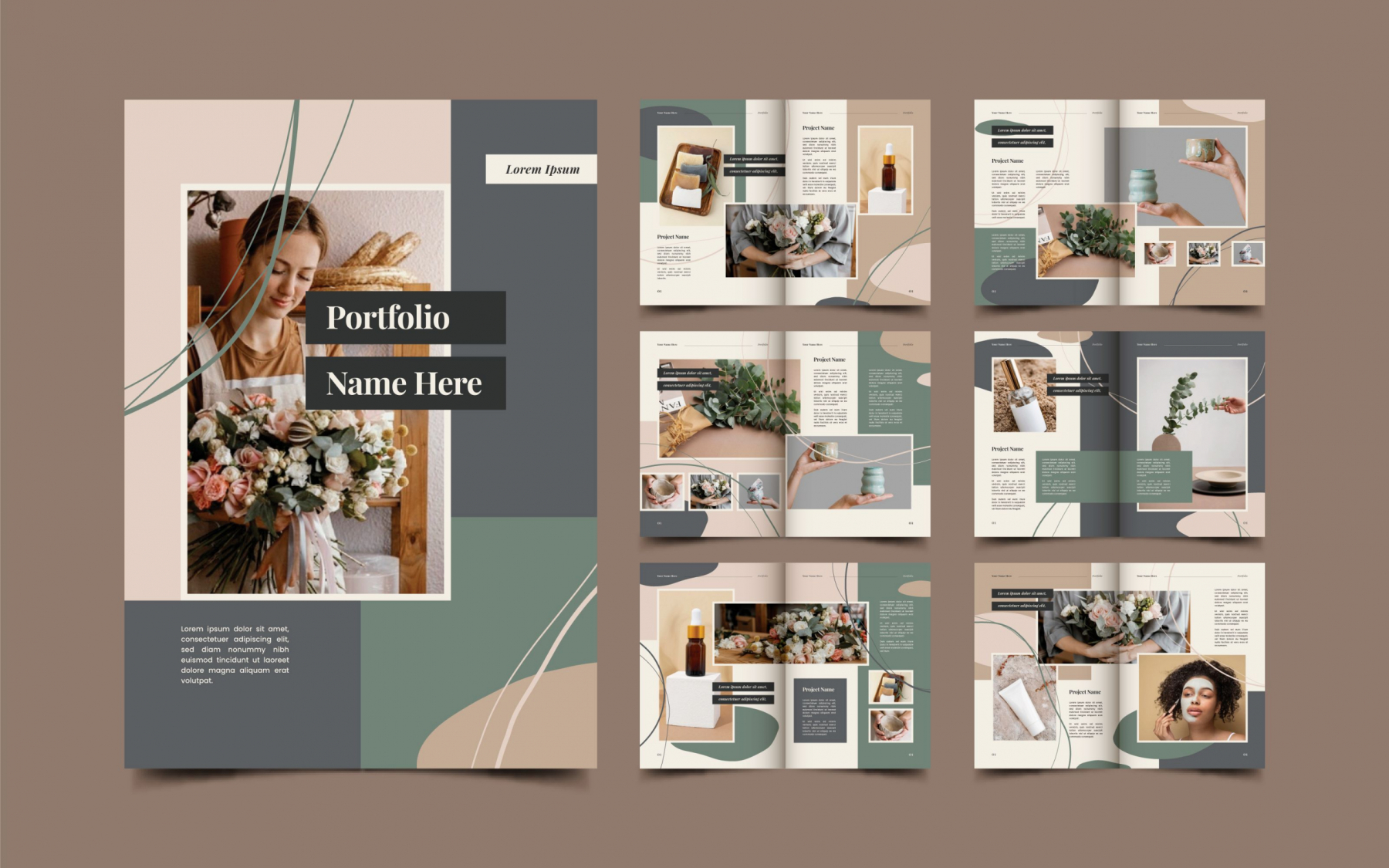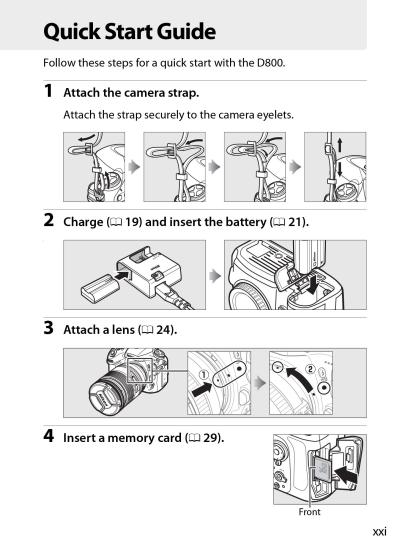Warning
: Trying to access array offset on value of type null in C:xampphtdocsgpt4chatgptapi.php on line 103
Choosing the right Behance portfolio template can feel overwhelming, but it doesn’t have to be! Start by considering a few key factors to help you make the best decision for your project:
- Your Brand Identity: The template should reflect your unique style and aesthetic. Think about the colors, typography, and layout that resonate with your work.
- The Type of Work: Different projects might require different presentations. If you’re showcasing photography, a visually rich template may work best. Conversely, for graphic design, a clean and structured template could highlight your designs more effectively.
- Functionality: Consider what features you need. Do you want to include videos, animations, or multiple sections for different projects? Make sure the template you choose supports these elements.
- Client Expectations: If you’re creating a portfolio for a specific client or audience, think about what they would find appealing. Tailoring your choice to meet these expectations can be a game changer.
- User Experience: Opt for templates that are easy to navigate. A complex layout may turn visitors away, so prioritize simplicity and clarity in your design.
Don’t forget to review samples or case studies of each template. This can provide insight into how others have effectively utilized them. Ultimately, go with what feels right for you and your work. Trust your instincts!
4. Customizing Your Behance Portfolio Template

Once you’ve chosen the perfect Behance template, it’s time to make it uniquely yours! Customization is where you can really let your personality shine. Here are some tips to get you started:
- Brand Elements: Integrate your logo, color scheme, and typography consistently throughout the template. This helps in establishing a strong brand identity that ties everything together.
- Images and Graphics: Use high-quality images for your projects. Ensure they are optimized for web use to maintain fast loading times. Mix things up with graphics that complement your work—don’t shy away from creativity!
- Layout Adjustments: Don’t hesitate to rearrange sections to improve flow and storytelling. Position your strongest projects at the top or create an engaging narrative timeline.
- Text Tweaks: Customize the text fonts and sizes to enhance readability but keep it professional. Use headings, bullet points, and spacing to create a structured look.
- Add Interactivity: If the template allows, incorporate interactive elements like buttons or links to external websites. This can enhance user engagement and provide additional context to your work.
Finally, don’t forget to review your portfolio multiple times before publishing! A well-customized Behance portfolio not only highlights your skills but tells your story—make sure it’s one that captivates your audience!
5. Tips for Designing an Eye-Catching Portfolio
Creating a standout portfolio on Behance is essential for grabbing the attention of potential clients and collaborators. Here are some practical tips to elevate your design game:
- Choose the Right Template: Behance offers a variety of portfolio templates tailored for different creative fields. Select one that resonates with your style and showcases your work effectively.
- Consistent Branding: Use a cohesive color scheme and typography throughout your portfolio. This consistency reinforces your personal brand and makes your portfolio visually appealing.
- Quality Over Quantity: Rather than flooding your portfolio with every piece you’ve ever created, select your best work. Aim for a curated selection that highlights your skills and creativity.
- Engaging Introductions: Start each project with a captivating introduction. Briefly explain the concept, your role, and the challenges you faced. This context allows viewers to connect with your work on a deeper level.
- Integrate Visuals and Text: Balance visuals with concise descriptions. Use high-quality images to grab attention and support them with small paragraphs that offer insights into your process and outcomes.
- Responsive Design: Ensure your portfolio looks great on both desktop and mobile devices. A responsive design allows potential clients to view your work seamlessly, no matter how they access it.
Remember, your portfolio is a reflection of your skills and personality. Take the time to make it visually appealing and easy to navigate!
6. Showcasing Your Work Effectively with Behance
Behance is a powerful platform that not only allows you to display your work but also helps you engage with a community of creatives. To make the most of your showcasing experience, consider the following strategies:
- Craft Compelling Case Studies: Each project you upload can be more than just a visual piece. Provide insights into your creative process, challenges faced, and solutions implemented. This context can intrigue viewers and potential clients.
- Utilize High-Quality Media: Invest time in capturing high-resolution images and videos of your work. The presentation quality can significantly impact how your audience perceives your efforts.
- Tag and Categorize Wisely: Use relevant tags and categories to help your work get discovered. Authentic tagging can direct the right audience to your portfolio.
- Engage with the Community: Interact with other creators by commenting on their work and sharing feedback. This reciprocity can lead to increased visibility for your own projects.
- Keep it Updated: Regularly update your portfolio with new projects and remove older, less relevant work. Fresh content keeps your portfolio lively and shows that you are actively creating and evolving.
- Leverage Social Media: Share your Behance projects on social platforms to widen your reach. Encourage your followers to check out your full portfolio, creating cross-platform engagement.
By utilizing these strategies, you can ensure that your Behance portfolio not only showcases your projects professionally but also attracts the right audience eager to see your storytelling and design skills in action.
7. Examples of Stunning Behance Portfolio Templates
When it comes to showcasing your work, the right Behance portfolio template can really set the tone. To help you get inspired, here are some examples of stunning templates that have grabbed attention:
- Minimalist Design: This template features a clean, white background with ample whitespace. It allows your projects to take center stage without distractions and showcases work in a sophisticated manner.
- Grid Layout: Perfect for photographers and artists, this template organizes projects in a grid format, making it easy for viewers to skim through your work. It’s visually appealing and very user-friendly.
- Project-Focused Single Page: This type of template lets you dive deep into each project on a single page. Each section can include images, descriptions, and even embedded videos, which makes it great for storytelling.
- Interactive Motion Portfolios: If you’re a graphic designer or animator, consider using a template that includes interactive elements, such as hover effects or animations. This adds an engaging layer to your presentation.
- Bold Color Schemes: Templates that use striking color contrasts can capture attention quickly. Using a bolder palette can help make your portfolio memorable and reflect your personal brand.
Each of these examples provides a unique way to present your work, ensuring that it stands out in the crowded field of creative portfolios. Don’t hesitate to mix elements from different styles to create something that truly reflects who you are as a creator!
8. Common Mistakes to Avoid with Portfolio Templates
While designing your Behance portfolio, it’s important to avoid a few common pitfalls that can make your beautiful work less effective. Here are some mistakes to steer clear of:
- Overcrowding Your Portfolio: It can be tempting to show everything you’ve ever done, but less is often more. Aim for quality over quantity. Select your best work that truly represents your skills and vision.
- Lack of Cohesion: Mixing too many design styles or unrelated projects can confuse viewers. Make sure your portfolio has a consistent theme or aesthetic that ties your work together.
- Neglecting the Presentation: Even the best work can fall flat without a thoughtful presentation. Take time to layout your projects neatly, use good quality images, and provide context through concise descriptions.
- Ignoring Mobile Optimization: Many viewers will check your portfolio on mobile devices. Ensure your chosen template is responsive and looks good on smaller screens. It’s essential to provide a seamless experience.
- Forgetting About the About Section: Your portfolio shouldn’t just be all about your work. Including a personal touch, like an engaging “About Me” section, can help viewers connect with you as a creator.
Avoiding these common mistakes can make your Behance portfolio not only visually appealing but also more effective in communicating your creative identity. Remember, your portfolio is your digital calling card, so make sure it truly represents who you are!
Maintaining and Updating Your Portfolio Over Time
Creating a standout portfolio on Behance is just the beginning of showcasing your creative work. To ensure it remains effective and captivating, consistent maintenance and updates are essential. Here are some strategies to keep your portfolio fresh and relevant:
- Regular Content Review: Schedule periodic reviews of your portfolio to assess what works and what doesn’t. Remove older works that no longer represent your current skill level.
- Incorporate New Projects: As you complete new projects, make it a habit to add them to your portfolio. This not only showcases your growth but also keeps your work up-to-date.
- Optimize for Mobile: With a significant number of users accessing Behance from mobile devices, ensure your portfolio is mobile-friendly. Test different layouts and templates for responsiveness.
- Get Feedback: Reach out to peers or mentors for constructive criticism on your portfolio. They may provide insights on how to enhance its appeal or functionality.
- Maintain Consistent Branding: Update your portfolio’s visuals to reflect any changes in your personal brand. Consistency in colors, fonts, and styles fosters professionalism.
Consider the following table to plan your portfolio updates:
| Update Frequency | Tasks |
|---|---|
| Monthly | Review current projects, remove outdated works |
| Quarterly | Add new projects, refresh design elements |
| Annual | Complete overhaul of the portfolio layout |
In conclusion, regularly maintaining and updating your Behance portfolio is crucial for showcasing your evolving skills and attracting potential clients. By following these strategies, you can ensure your portfolio remains a true reflection of your creative journey.


